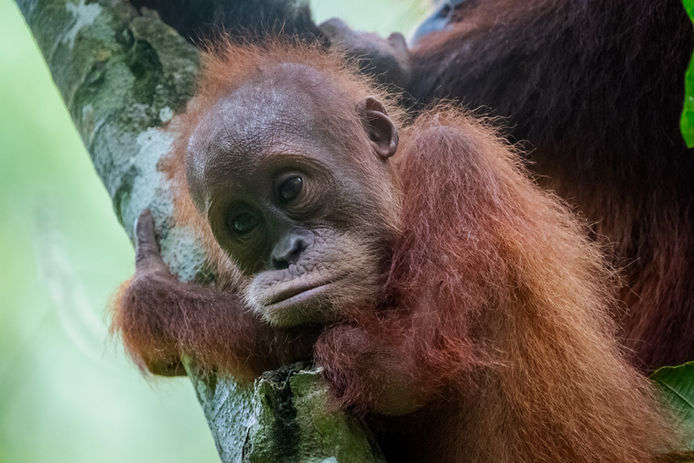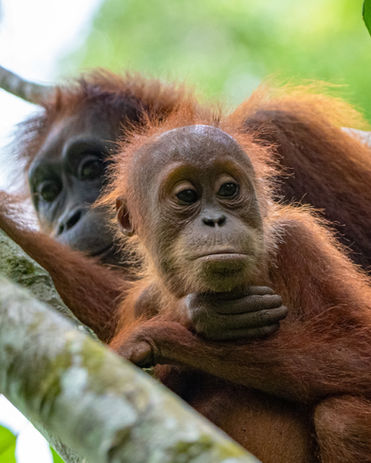The Sumatra initiative began not with a plan, but with a Facebook message. I reached out to a man named Yaspi Putraga — who introduced himself on Facebook as “Ketambe Jack” — hoping to visit Ketambe village in Northern Aceh, Indonesia. Over two weeks of near-constant messaging (when our time zones allowed), we began exchanging thoughts, visions, and deep questions about what real conservation might look like. Then, Yaspi sent a message that shifted everything:
“Can you help me protect nature?”
That became the beginning of our collaboration — one that evolved from phone calls to a deeply aligned vision. Yaspi described the potential of his home region not only as a stronghold of biodiversity, but as a model for how economic sovereignty and ecological stewardship could go hand in hand. This vision became the foundation of our collaboration.
At its core, this work is about enabling local communities — not external organizations — to lead. We’ve created a regenerative employment pathway that transforms extractive roles into ones of stewardship. In 2025, we were able to employ 20 individuals, 16 of whom were formerly engaged in illegal logging, as trainee forest rangers. With structured capacity-building, they are learning GPS tracking, species identification, ecosystem monitoring, and patrol leadership.
This pilot model is scaling — and with it, a broader ecosystem of support is forming. Through the proposed Leuser Biosphere Reserve in the Kappi Area, some of Leuser's most pristine remaining areas, we are hoping to deploy a multi-layered conservation framework. This includes:
Species-based conservation credits, tied to verified protection of flagship species like the Sumatran tiger and orangutan — creating transparent, performance-linked income streams.
Community-authored spatial plans that delineate areas for protection, sustainable use, and cultural continuity.
AI-enhanced ranger training through adaptive community hubs, combining local knowledge with rigorous data protocols.
Blockchain-backed monitoring systems to verify conservation outcomes while maintaining full transparency.
This approach allows us to begin with what’s urgent — saving what’s left — while simultaneously building toward long-term, community-governed ecological and economic resilience. In Yaspi’s words: “It is not just the animals we’re protecting — it is the life we want to live with them.”
As we scale, we will continue to prioritize autonomy and continuity — ensuring that this model doesn’t create dependency, but momentum instead.
Project Gallery
© 2025 The Roessner Restoration Initiative. All rights reserved.
The Roessner Restoration Initiative is a registered 501(c)(3) nonprofit organization.
EIN: 99-0623087
Contact: info@rrinitiative.org








